Hyper-V output:
Code:
/*PIC Definition*/
#define PIC1 0x20 /* IO base address for master PIC */
#define PIC2 0xA0 /* IO base address for slave PIC */
#define PIC1_COMMAND PIC1
#define PIC1_DATA (PIC1+1)
#define PIC2_COMMAND PIC2
#define PIC2_DATA (PIC2+1)
#define ICW1_ICW4 0x01 /* ICW4 (not) needed */
#define ICW1_SINGLE 0x02 /* Single (cascade) mode */
#define ICW1_INTERVAL4 0x04 /* Call address interval 4 (8) */
#define ICW1_LEVEL 0x08 /* Level triggered (edge) mode */
#define ICW1_INIT 0x10 /* Initialization - required! */
#define ICW4_8086 0x01 /* 8086/88 (MCS-80/85) mode */
#define ICW4_AUTO 0x02 /* Auto (normal) EOI */
#define ICW4_BUF_SLAVE 0x08 /* Buffered mode/slave */
#define ICW4_BUF_MASTER 0x0C /* Buffered mode/master */
#define ICW4_SFNM 0x10 /* Special fully nested (not) */
#define inb(x,y) asm volatile ("inb %1, %0" : "=a"(x) : "d"(y));
void PIC_remap(BYTE offset1, BYTE offset2)
{
unsigned char a1, a2, cmd;
WORD portnum = PIC1_DATA;
inb(a1, portnum); // save masks
portnum = PIC2_DATA;
inb(a2, portnum);
WORD ret1 = a1, ret2 = a2;
printf("Response from PIC1 and PIC2: %d %d", ret1, ret2);
portnum = PIC1_COMMAND;
cmd = (ICW1_INIT | ICW1_ICW4);
outb(portnum, cmd); // starts the initialization sequence (in cascade mode)
io_wait();
portnum = PIC2_COMMAND;
outb(portnum, cmd);
io_wait();
portnum = PIC1_DATA;
outb(portnum, offset1); // ICW2: Master PIC vector offset
io_wait();
portnum = PIC2_DATA;
outb(portnum, offset2); // ICW2: Slave PIC vector offset
io_wait();
portnum = PIC1_DATA;
cmd = 4;
outb(portnum, cmd); // ICW3: tell Master PIC that there is a slave PIC at IRQ2 (0000 0100)
io_wait();
portnum = PIC2_DATA;
cmd = 2;
outb(portnum, cmd); // ICW3: tell Slave PIC its cascade identity (0000 0010)
io_wait();
portnum = PIC1_DATA;
cmd = ICW4_8086;
outb(portnum, cmd);
io_wait();
portnum = PIC2_DATA;
cmd = ICW4_8086;
outb(portnum, cmd);
io_wait();
outb(PIC1_DATA, a1); // restore saved masks.
outb(PIC2_DATA, a2);
}
I am doing some search on how the programmable interrupt controller behaves under the real mode. But I came up with some problems. Expected behavior: PIC1 and PIC2 should return 0 0. Reality: They return 184 (0xB8) and 15 (0xF). Can any one tell me why?
Reference: https://wiki.osdev.org/8259_PIC
